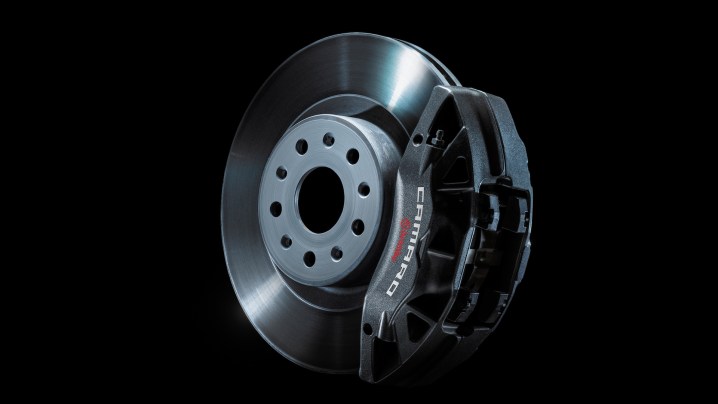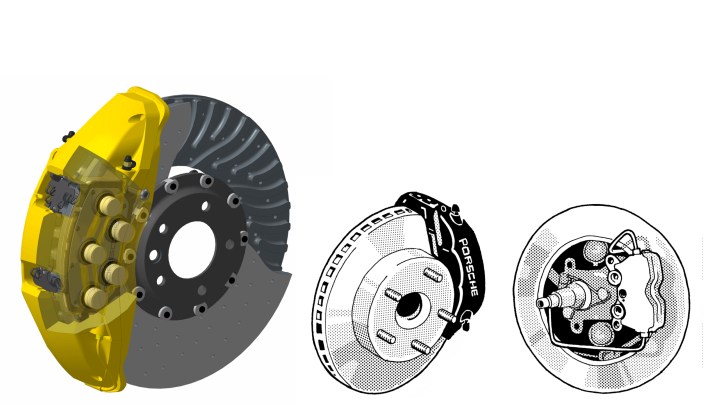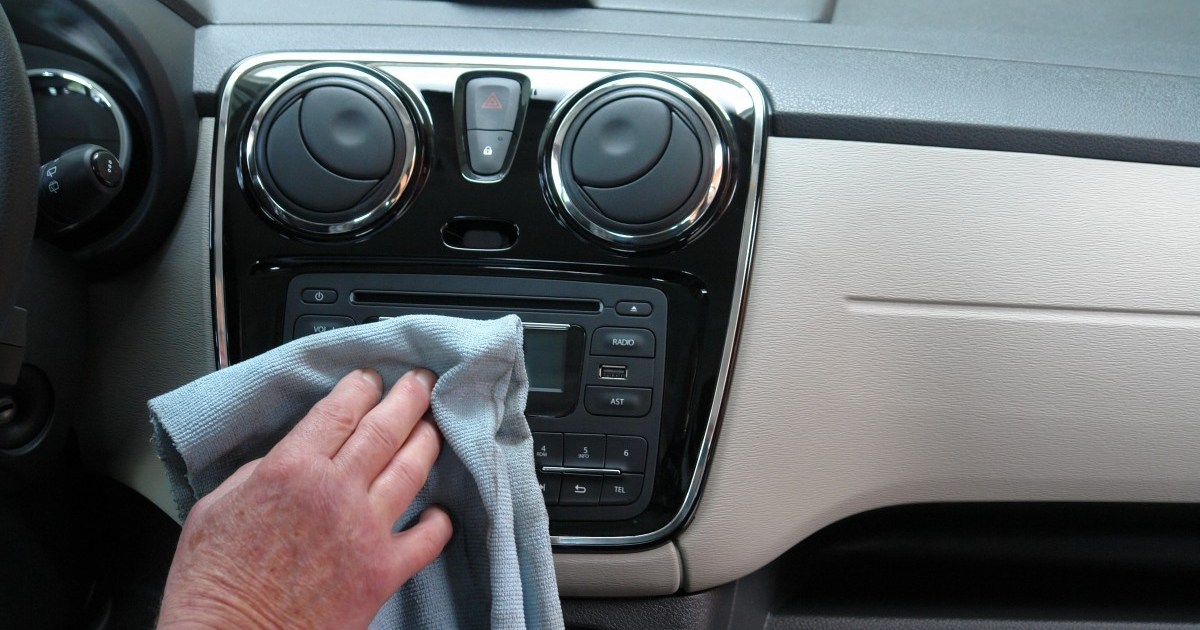Learning all your car’s features can feel overwhelming. Beyond the owner’s manual, there’s a world of automotive terminology and abbreviations to decipher. One key feature in modern vehicles is the anti-lock braking system (ABS), which can be confusing, especially when experienced firsthand. Let’s explore the details of ABS and understand its role in safe stopping.
See more
- How to fix squeaky brakes
- Is your check engine light on? Here are 10 possible reasons why
- Best cars currently available
What is ABS in a Car?
 Anti-lock braking system components
Anti-lock braking system components
Anti-lock braking systems (ABS) help drivers maintain control while braking, even in emergencies. ABS prevents wheel lockup, allowing for steering control during hard braking. Originally developed for aircraft landing, ABS was adapted for cars in the 1970s and represents an early electronic driving aid. Essentially, ABS prevents skidding when you slam on the brakes.
How Does ABS Function?
As part of the vehicle’s stability control system, ABS uses sensors to monitor wheel rotation during braking. If a wheel starts to lock up, the ABS system momentarily releases brake pressure on that wheel. This process repeats rapidly, preventing lockup and allowing the driver to steer. You’ll likely feel a pulsing sensation in the brake pedal when ABS activates.
The Importance of ABS
 ABS helps maintain control during braking
ABS helps maintain control during braking
ABS enhances driver control. Locked wheels make steering and stopping difficult. ABS, by modulating brake pressure, allows the wheels to maintain contact with the road, enabling steering control until the vehicle stops.
Key Considerations Regarding ABS
While ABS improves control, it doesn’t necessarily shorten stopping distance. It can help you steer around obstacles during hard braking, but it won’t stop your car significantly faster than conventional brakes. Here are some advantages of ABS:
- Improved safety and control on slippery surfaces like ice.
- Integration with traction control for optimal grip and traction.
- Potential insurance discounts due to enhanced safety.
However, ABS also has potential drawbacks:
- Higher repair costs due to complex sensors.
- Some drivers report inconsistent stopping distances with ABS.











